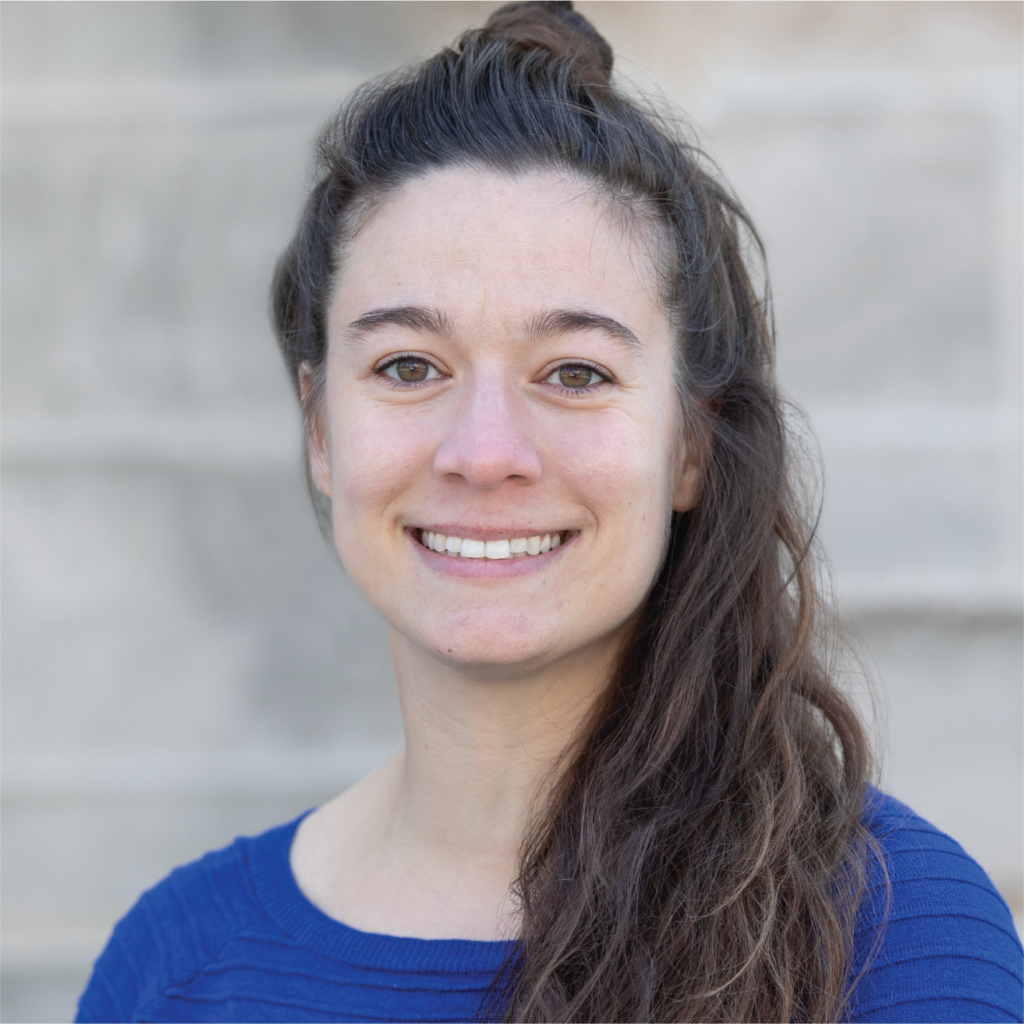by Staff | August 30, 2021
Global Village Project is back to in-person classes after one year of digital learning. There are 31 students representing nine nationalities, 14 countries of birth, and 17 languages in addition to English. Dr. Cassie Leymarie, Director of Education & Impact, talks about the lessons learned over the past year and new changes for GVP’s students and staff.
How is GVP bringing students back on site safely?
Not only are we requiring vaccination, but we are planning for weekly COVID tests for staff and students. We took three days to enroll students and bring their families in to do a reintroduction to GVP. We reviewed COVID protocols together, things like taking temperatures at the bus, masking up, staying three feet apart, and washing hands frequently.
Also, just in case we have to pivot, we’re preparing asynchronous learning packets. The teaching staff is integrating technology into the curriculum more than ever and we have a dedicated digital literacy class so that students feel prepared if we need to do some online learning.
Why is in-person learning important for English language learners?
Being in-person and having human interaction is very important with our model. The way we view language learning is that we are a community of practice. If our students are learning this new language, and we have been using the language for a long time, we are the ones who must socialize them and help them understand how to use language to reach their goals. In-person learning and interaction is key to making meaning and understanding how to use language in different contexts. It’s not just what you say, it’s how you say it — like gestures and facial expressions. Language immersion, and being in-person, is one of the best ways to learn the nuances of how to speak and interact in different settings.
What has the pandemic taught us about current inequities in the education system?
The pandemic has taught us a few different things. First, there is a huge gap in resources among students in our country. Some students have Wi-Fi and technology at home and stay at home parents that are able to assist them and prioritize their learning. Other students have multiple siblings, their parents are from non-traditional households, or their parents are working and unable to help them. Each person’s individual family and culture has different dynamics. Neither situation is right or wrong, but to be equitable, each student must receive the same access to resources and feel that it is just as easy for them to be included in learning. Also, information literacy, access to services, and transportation, are the main things that we see as inequities. Finally, we have to acknowledge the intersections of our students’ identities and what it is like, from their families’ perspectives, as language learners, immigrants, and people of color (among other things) to navigate complex and historically inequitable systems.
What lessons from a year of remote learning are we carrying forward to the new school year?
We learned a lot about the importance of integrating technology into our curriculum, and that’s kind of the silver lining of last year. While we always use technology, we had to use it even more. Being able to give students iPads to take home actually gave them more access to things like at home libraries and home language learning. Also, we’ve always taken relationships very seriously at GVP – we hold them, and social and emotional learning, just as high as academic progress. But last year, it gave us a chance to really slow down, step back, and remember that building rapport with our students and engaging their families is the baseline. If students aren’t feeling psychologically safe and ready to learn, then learning won’t happen. It was a great reminder, especially in a program that is as intensive and accelerated as ours. It refreshed our idea of how to be more restorative and think about ourselves as the learning community.
What do you think students and teachers have missed about being onsite?
You can only really feel close to someone so much when you’re conducting an online class. The teachers missed teaching in-person, and the students really missed seeing their school sisters. It’s not the same as sitting side by side and working on a project, so I think they’ve really missed that interaction.
What are you most looking forward to this school year?
I am really looking forward to just having everyone together. I am looking forward to our new dedicated health and wellness period. Having this period will ensure there’s time for students to move their bodies during outdoor wellness breaks and get a brain break. Lastly, I’m looking forward to getting better and better at smiling through my mask – I’m getting really good at that!

